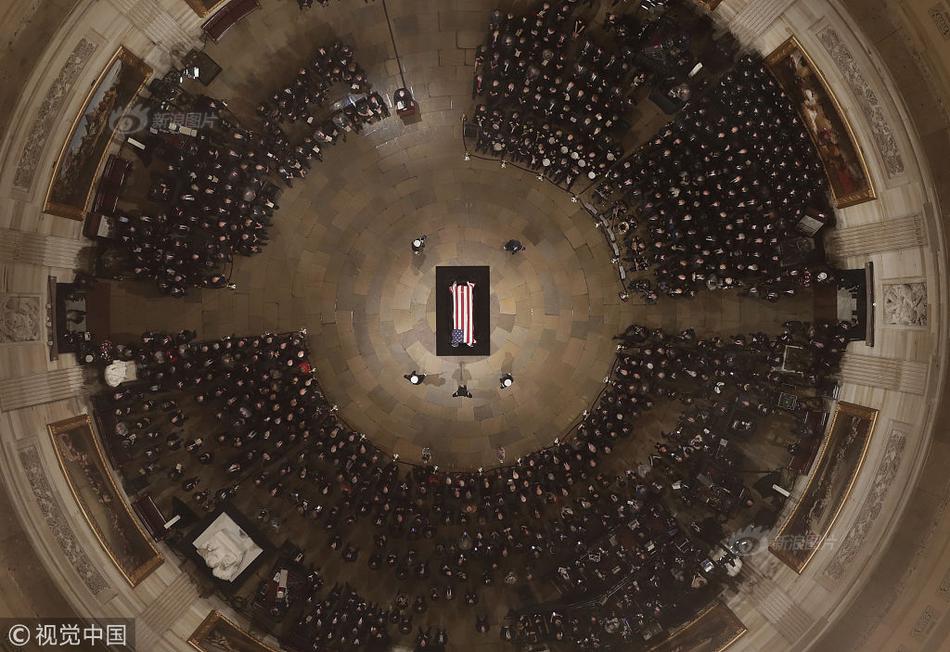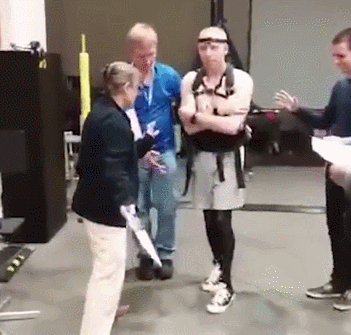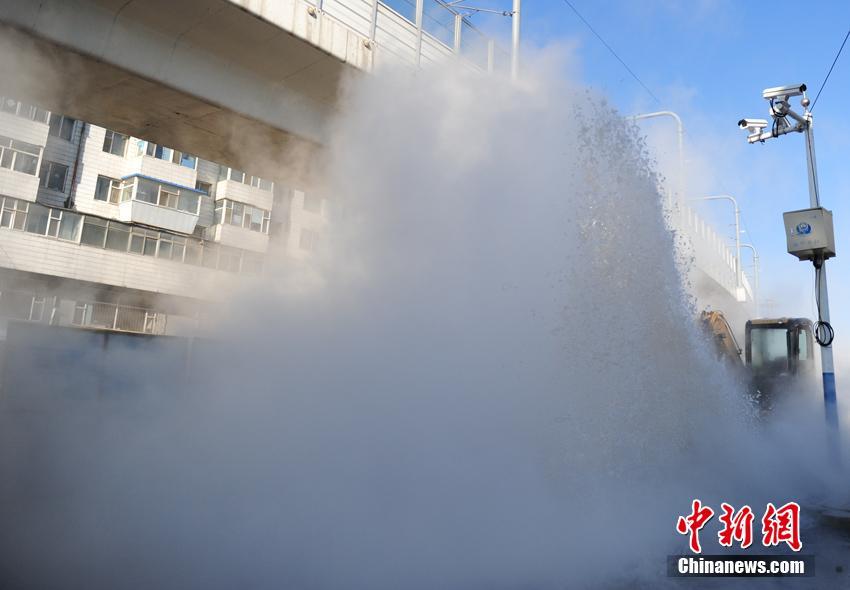
ctrl plus c. According to the query Zhongguancun Online, the copying operation is used to copy the selected text, file, image or other content to the clipboard so that it can be pasted to different locations or applications later. Its combination keys are ctrl plus c.
The combination key for copying operations in windows is Ctrl+C. In Windows, ctrl+c is the shortcut key to copy, ctrl+v is to paste, CTRL combination key, Ctrl+A is to select all, and Ctrl+B is to organize favorites.
Copy the shortcut key Ctrl+C, cut the shortcut key Ctrl+X, and paste the shortcut key is Ctrl+V. Cut: put the picture or textAfter the word is selected, use the Ctrl+X command to crop the picture or text, put it on the computer clipboard, and then paste it to the position to be pasted by Ctrl+V. The process of cropping text is called cutting.
In the Windows operating system, the key combination of the copy operation is Ctrl+C. The function of the copy operation: The copy operation is used to copy the selected text, file, image or other content to the clipboard so that it can be pasted into a different location or application later.
The combination key of the copy operation is Ctrl+C. Ctrl+C is the shortcut key to the "copy" function of the keyboard, which is equivalent to right-clicking the "copy" button. Use the Ctrl+C shortcut key to achieve quick copying. If the user has copied text or images, etc., just use the Ctrl+V paste shortcut key to achieve quick pasting.

1. First, turn on the computer and enter the desktop interface. Click the "Start" button in the lower left corner and select "Control Panel".Select "User Account" in the control panel. You can see all the accounts of the current computer in the user account, including the username we want to view.
2. First, click the "Start" menu in the lower left corner of the computer screen. Then, click the "Settings" option in the pop-up list. Select the "account" logo in the middle in the new interface that appears. Select "Login Options" on the left, find the "Password" logo and click "Change".
3. First of all, search and open the [Windows Powershell] window as shown in the figure below. The second step is to enter [whoami] in the command line as shown in the figure below. The third step is to enter [/loginid] in the command line as shown in the figure below.
To check the record of the turn-on time, you can open the Windows folder in the C disk. After entering, press S several times, and then find the SchedLgU text document. Then you can see the usage records of power-on and shutdown here! Then check the recent usage records. ... Then how to check what files have been run recently.
There are several ways to query the trace history of the computer: query through the event viewer, right-click "Start" in the lower left corner of the system desktop, and click "Event Viewer" in the right-click menu to open the event viewer window.
Click the "Manage" option. Or press the shortcut key "G". In the pop-up interface, find the Windows log under the "Event Viewer" option on the left.After that, select the "System" option to view the usage history of the computer.
After opening the Windows log, click [System] inside. After entering the system page, you can view the usage record and time of the computer. Method 4: Open the run window and enter the Windows page, right-click the win icon, click [Run] in the menu bar, or use the win+R key to open the run.
First, right-click the beginning in the lower left corner of the mouse, click "Run" above the pop-up menu to open, or directly press the "win+R" shortcut key to open the run window. Or right-click the win icon after entering the Windows computer page, click Run in the pop-up menu, or hold down the win+R key to open the run window.
In the Windows system, computer fonts will be saved under the "C: WindowsFonts" folder by default. If you need to find the font file in the computer, you can directly enter the folder in the Explorer to view it.
Method We first open the running window through the shortcut key of win+r; then enter control in the input box and click OK; then find the font in all control panel items, and double-click to open the font folder.
First, find "My Computer" and open the system disk. In the system disk, find the "Windows" folder. In the "Windows" file, find the "Fints" folder, which contains all the fonts of this computer.Open the Fonts folder and you can see all the fonts.
● Take Windows system as an example, computer fonts will be saved under the "C Disk-Windows-Fonts" folder directory by default. Open the C disk and enter the Windows folder first. Then enter the Fonts folder to see all the installed fonts. ● You can also click the start menu to enter the control panel.
The font is in the "Fonts" folder of the computer's C disk. In the Windows system, computer fonts will be saved in the "C Disk-Windows-Fonts" folder directory by default. Open the C disk, enter the Windows folder, and then enter the Fonts folder to see all the installed fonts.
The location of the registry in the Windows operating system is C: WindowsSyste Multiple files under the m32config folder, including: SAM: Store the information of SecurityAccountManager, including information about user accounts and groups.
In the Windows operating system, you can access the registry and view the information in it through the following steps: open the "Run" dialog box. You can press the Win + R shortcut key to open the run dialog box, or search for "run" in the start menu.Enter "regedit" in the "Run" dialog box and press the Enter key.
The registry of the XP system is under the C: WINDOWSsystem32config directory. It Also Includes DEFAULT, SOFTWARE, SYSTEM, AppEvent.Evt, SecEvent.Evt, SysEvent.Evt And Other Hidden Files And Their Corresponding Files. LOG (log) file and. SAV file.
Steel pipes (HS code ) trade insights-APP, download it now, new users will receive a novice gift pack.
ctrl plus c. According to the query Zhongguancun Online, the copying operation is used to copy the selected text, file, image or other content to the clipboard so that it can be pasted to different locations or applications later. Its combination keys are ctrl plus c.
The combination key for copying operations in windows is Ctrl+C. In Windows, ctrl+c is the shortcut key to copy, ctrl+v is to paste, CTRL combination key, Ctrl+A is to select all, and Ctrl+B is to organize favorites.
Copy the shortcut key Ctrl+C, cut the shortcut key Ctrl+X, and paste the shortcut key is Ctrl+V. Cut: put the picture or textAfter the word is selected, use the Ctrl+X command to crop the picture or text, put it on the computer clipboard, and then paste it to the position to be pasted by Ctrl+V. The process of cropping text is called cutting.
In the Windows operating system, the key combination of the copy operation is Ctrl+C. The function of the copy operation: The copy operation is used to copy the selected text, file, image or other content to the clipboard so that it can be pasted into a different location or application later.
The combination key of the copy operation is Ctrl+C. Ctrl+C is the shortcut key to the "copy" function of the keyboard, which is equivalent to right-clicking the "copy" button. Use the Ctrl+C shortcut key to achieve quick copying. If the user has copied text or images, etc., just use the Ctrl+V paste shortcut key to achieve quick pasting.

1. First, turn on the computer and enter the desktop interface. Click the "Start" button in the lower left corner and select "Control Panel".Select "User Account" in the control panel. You can see all the accounts of the current computer in the user account, including the username we want to view.
2. First, click the "Start" menu in the lower left corner of the computer screen. Then, click the "Settings" option in the pop-up list. Select the "account" logo in the middle in the new interface that appears. Select "Login Options" on the left, find the "Password" logo and click "Change".
3. First of all, search and open the [Windows Powershell] window as shown in the figure below. The second step is to enter [whoami] in the command line as shown in the figure below. The third step is to enter [/loginid] in the command line as shown in the figure below.
To check the record of the turn-on time, you can open the Windows folder in the C disk. After entering, press S several times, and then find the SchedLgU text document. Then you can see the usage records of power-on and shutdown here! Then check the recent usage records. ... Then how to check what files have been run recently.
There are several ways to query the trace history of the computer: query through the event viewer, right-click "Start" in the lower left corner of the system desktop, and click "Event Viewer" in the right-click menu to open the event viewer window.
Click the "Manage" option. Or press the shortcut key "G". In the pop-up interface, find the Windows log under the "Event Viewer" option on the left.After that, select the "System" option to view the usage history of the computer.
After opening the Windows log, click [System] inside. After entering the system page, you can view the usage record and time of the computer. Method 4: Open the run window and enter the Windows page, right-click the win icon, click [Run] in the menu bar, or use the win+R key to open the run.
First, right-click the beginning in the lower left corner of the mouse, click "Run" above the pop-up menu to open, or directly press the "win+R" shortcut key to open the run window. Or right-click the win icon after entering the Windows computer page, click Run in the pop-up menu, or hold down the win+R key to open the run window.
In the Windows system, computer fonts will be saved under the "C: WindowsFonts" folder by default. If you need to find the font file in the computer, you can directly enter the folder in the Explorer to view it.
Method We first open the running window through the shortcut key of win+r; then enter control in the input box and click OK; then find the font in all control panel items, and double-click to open the font folder.
First, find "My Computer" and open the system disk. In the system disk, find the "Windows" folder. In the "Windows" file, find the "Fints" folder, which contains all the fonts of this computer.Open the Fonts folder and you can see all the fonts.
● Take Windows system as an example, computer fonts will be saved under the "C Disk-Windows-Fonts" folder directory by default. Open the C disk and enter the Windows folder first. Then enter the Fonts folder to see all the installed fonts. ● You can also click the start menu to enter the control panel.
The font is in the "Fonts" folder of the computer's C disk. In the Windows system, computer fonts will be saved in the "C Disk-Windows-Fonts" folder directory by default. Open the C disk, enter the Windows folder, and then enter the Fonts folder to see all the installed fonts.
The location of the registry in the Windows operating system is C: WindowsSyste Multiple files under the m32config folder, including: SAM: Store the information of SecurityAccountManager, including information about user accounts and groups.
In the Windows operating system, you can access the registry and view the information in it through the following steps: open the "Run" dialog box. You can press the Win + R shortcut key to open the run dialog box, or search for "run" in the start menu.Enter "regedit" in the "Run" dialog box and press the Enter key.
The registry of the XP system is under the C: WINDOWSsystem32config directory. It Also Includes DEFAULT, SOFTWARE, SYSTEM, AppEvent.Evt, SecEvent.Evt, SysEvent.Evt And Other Hidden Files And Their Corresponding Files. LOG (log) file and. SAV file.
International trade event forecasts
author: 2024-12-23 22:27Import data for raw commodities
author: 2024-12-23 22:16Industry-wise trade data breakdowns
author: 2024-12-23 21:01Latin America HS code classification
author: 2024-12-23 20:19Pharmaceutical HS code compliance in India
author: 2024-12-23 22:19Global trade intelligence whitepapers
author: 2024-12-23 21:58Metals and alloys HS code verification
author: 2024-12-23 21:56Frozen goods HS code classification
author: 2024-12-23 20:41Canada HS code classification assistance
author: 2024-12-23 20:23 Textile exports HS code breakdown
Textile exports HS code breakdown
887.83MB
Check Advanced shipment lead time analysis
Advanced shipment lead time analysis
551.81MB
Check Trade data for logistics risk mitigation
Trade data for logistics risk mitigation
769.38MB
Check HS code compliance in cross-border rail freight
HS code compliance in cross-border rail freight
587.79MB
Check Trade compliance training resources
Trade compliance training resources
637.34MB
Check Ship parts HS code verification
Ship parts HS code verification
863.58MB
Check trade data solutions
trade data solutions
355.18MB
Check Customized HS code dashboards
Customized HS code dashboards
414.91MB
Check HS code-driven product bundling strategies
HS code-driven product bundling strategies
623.45MB
Check Free global trade data sources
Free global trade data sources
485.72MB
Check Trade compliance training resources
Trade compliance training resources
851.36MB
Check How to evaluate free trade agreements
How to evaluate free trade agreements
397.11MB
Check Nutraceuticals HS code verification
Nutraceuticals HS code verification
663.61MB
Check Global trade fair insights
Global trade fair insights
973.45MB
Check HS code mapping for ASEAN countries
HS code mapping for ASEAN countries
124.73MB
Check Tobacco products HS code verification
Tobacco products HS code verification
981.88MB
Check Real-time HS code data integration
Real-time HS code data integration
797.31MB
Check Drilling equipment HS code mapping
Drilling equipment HS code mapping
796.32MB
Check How to access historical shipment records
How to access historical shipment records
787.29MB
Check Locating specialized suppliers by HS code
Locating specialized suppliers by HS code
358.79MB
Check Niche pharmaceuticals HS code verification
Niche pharmaceuticals HS code verification
267.73MB
Check Customizable shipment reports
Customizable shipment reports
127.69MB
Check Advanced trade data analytics techniques
Advanced trade data analytics techniques
277.29MB
Check Global sourcing directories by HS code
Global sourcing directories by HS code
552.65MB
Check HS code-based anti-dumping analysis
HS code-based anti-dumping analysis
467.42MB
Check Best platforms for international trade research
Best platforms for international trade research
863.65MB
Check Global trade fair insights
Global trade fair insights
843.47MB
Check Trade finance data solutions
Trade finance data solutions
391.53MB
Check How to interpret trade volume changes
How to interpret trade volume changes
127.44MB
Check Customs duty optimization strategies
Customs duty optimization strategies
816.89MB
Check Trade intelligence for emerging markets
Trade intelligence for emerging markets
439.44MB
Check Latin America HS code compliance tips
Latin America HS code compliance tips
656.19MB
Check Pharma excipients HS code classification
Pharma excipients HS code classification
486.34MB
Check Global trade data enrichment services
Global trade data enrichment services
159.98MB
Check Electronics supply chain intelligence
Electronics supply chain intelligence
465.72MB
Check Trade data-driven market penetration
Trade data-driven market penetration
181.72MB
Check
Scan to install
Steel pipes (HS code ) trade insights to discover more
Netizen comments More
2790 HS code-driven route-to-market planning
2024-12-23 22:29 recommend
2164 Predictive analytics for supplier risks
2024-12-23 21:50 recommend
2108 Regional trade agreements HS code mapping
2024-12-23 21:39 recommend
1267 Real-time shipment data alerts
2024-12-23 21:16 recommend
1954 Automated trade documentation routing
2024-12-23 20:04 recommend